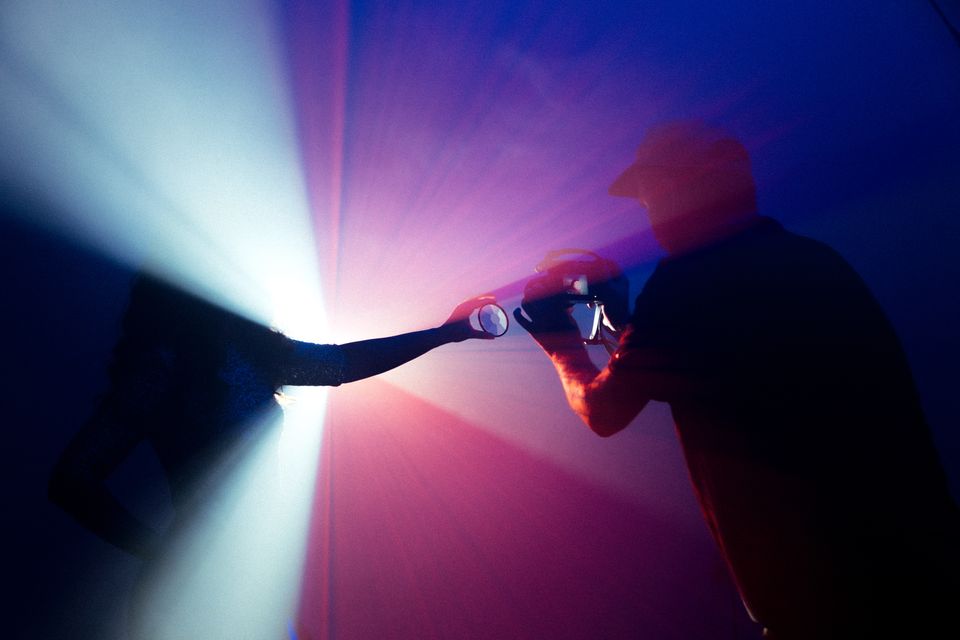3 Habits for Creativity

For a large portion of my life, I believed I wasn’t creative.
In middle and high school, I would go to the art room after school most days of the week, not because I wanted to but because I needed to. I didn’t have the touch. I wasn’t artistic.
Despite creating YouTube videos throughout my middle school career and writing in early high school, I refused to acknowledge what I did as art. I was simply doing what I loved to do.
It wasn’t until I read Seth Godin’s The Icarus Deception that I could finally look at myself in the mirror and say “I’m an artist.” He put the vocabulary to my everyday practice:
Art in the postindustrial age is a lifelong habit, a stepwise process that incrementally allows us to create even more art.
In the developed world, as more and more of our basic needs are met, the creator economy becomes vital.
Soon after discovering Godin, I came across a Ralph Waldo Emerson quote. Immediately, I realized that creating was my path to impact.
Imitation is suicide.
I read that Emerson quote time and time again. It gave me the impetus to create my own path — a decision I’ve now been grappling with for years. It helped me understand that I want to work for myself and create connection.
Our creativity can leave a lasting impact on the world. It’s a skill you must hold dear and a habit you must practice. It looks different for everyone. It may take the form of writing, painting, or creating videos. But it can also take the form of sending a text to someone you love, sharing your feelings, or voicing your opinions.
At the heart of creativity lies vulnerability. Once you choose to be vulnerable, you choose to be creative. Brene Brown articulates the importance of this choice:
The only unique contribution that we will ever make in this world will be born of our creativity. If we want to make meaning, we need to make art. Cook, write, draw, doodle, paint, scrapbook, take pictures, collage, knit, rebuild an engine, sculpt, dance, decorate, act, sing—it doesn’t matter.
Art is the path to meaning. I understand that it can be daunting to create.
Here’s a few of the habits I practice that will get you on your way to infuse creativity into your everyday life.
Treat Obstacles as Opportunities
All good artists are constantly on the lookout for problems. Art is created in response to an obstacle.
It looks like an entrepreneur creating a new product. A painter creating a piece to protest injustice. Or a cousin baking an apple pie because there’s no dessert on the Thanksgiving table.
When you come across an obstacle, your instinct will be to groan, maybe even give up. The creative doesn’t stop there. After their initial groan, they’ll brainstorm solutions. They’ll test them. They’ll build.
Fail Once a Day
If you become someone who is uncomfortable unless she is creating change, restless if things are standing still, and disappointed if you haven’t failed recently, you’ve figured out how to become comfortable with the behaviors most likely to make you safe going forward - Seth Godin
The entrepreneurial world has revolutionized the way we see failure. If you can’t fail, you’re working at the wrong thing.
Failure doesn’t mean you gave up. Giving up is when things don’t work out because you didn’t put in the work. Failure is when things don’t work out because you did everything you could to make something succeed but the ultimate result was outside of your control.
Failure is predicated on vulnerability. When we choose to be vulnerable, we have the opportunity to fail. And when have the opportunity to fail, we have the opportunity to connect.
If you aren’t failing, you’re staying in the borders of your comfort zone. Get out there. No one makes change by doing what’s comfortable.
Stop Working, Consuming
We have our best ideas in the shower.
It’s magical in there. As soon as you stop working on a problem and no longer actually need the solution, you are in the shower and boom — you got it.
The beautiful part of the shower is that it facilitates low-stimulus mindlessness — this is the ideal state of creativity. It’s similar to when you go for a walk by yourself. Ideas rain down from the heavens.
If you want to cultivate creativity, you can’t always be working. When we are working hard, we put ourselves in a linear mindset. Creativity is necessarily non-linear — it involves making connections that aren’t inherently logical.
In contrast, if you want to cultivate creativity, you can’t always be consuming. Doom-scrolling Instagram won’t get you anywhere. Social media isn’t designed to help you become more creative. It’s designed to steal your time.
The ultimate tool for creativity is doing nothing. Give yourself time to think. Carry around a journal. Write down ALL your ideas — even if they aren’t great on their own, they may help spur something amazing.
I’m not claiming you’ll be a creative genius after adopting these habits, but you will be on your way. Creativity is a practice — the more we do it, the better we become.